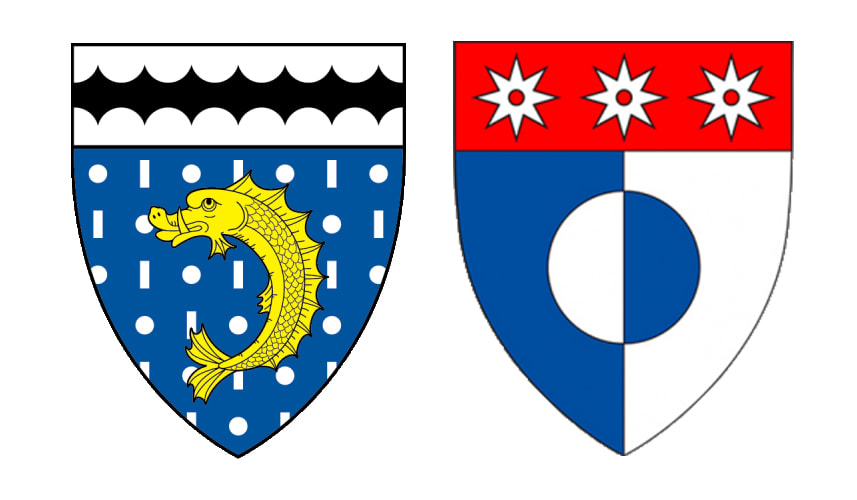A growing number of universities have begun to address the past with new or renamed sites. In 2006, the University of Mississippi installed a statue of James Meredith, who integrated the campus amid violence and legal challenges in 1962. At the University of North Carolina-Chapel Hill, leaders installed the “Unsung Founders” site in 2005 to honor the enslaved and free African Americans who build the campus. Created by artist Do-Ho Suh, the piece features bronze figures lifting a metal table, symbolizing the enslaved people who helped build the campus.
However, much is left to be done. Americans continue experience the damaging consequences of bad instruction on American history and “Lost Cause” propaganda. Texas, for example, has adopted school textbooks that portray states’ rights and not slavery as the major cause of the Civil War. In North Carolina, few high schoolers ever learn about the state’s anti-slavery past or the 1890s Fusion movement, among the most successful in the country in mobilizing black-white political alliances. Until recently, the Wilmington coup d’etat – to this day, the only violent takeover of a large city in American history – was omitted from state textbooks.
Instead of encouraging more and more diverse sites, in 2015, the North Carolina General Assembly prohibited the removal of any public “objects of remembrance,” including Confederate memorials, a decision that perpetuates the white supremacy that animates these sites. “Silent Sam,” the Confederate soldier site on the UNC campus, remains a hotly contested site since the university claims it cannot remove the statue due to this law despite protests from faculty, students and staff.
In response to Charlottesville, University of Texas at Austin removed three Confederate monuments. In a letter to the Texas campus community explaining his decision, President Greg Fenves wrote that it had become clear to him “that Confederate monuments have become symbols of modern white supremacy and neo-Nazism.” Erected in the midst of Jim Crow and segregation, he noted that the statues represented “parts of our history that run counter to the university’s core values, the values of our state and the enduring values of our nation."
However, much is left to be done. Americans continue experience the damaging consequences of bad instruction on American history and “Lost Cause” propaganda. Texas, for example, has adopted school textbooks that portray states’ rights and not slavery as the major cause of the Civil War. In North Carolina, few high schoolers ever learn about the state’s anti-slavery past or the 1890s Fusion movement, among the most successful in the country in mobilizing black-white political alliances. Until recently, the Wilmington coup d’etat – to this day, the only violent takeover of a large city in American history – was omitted from state textbooks.
Instead of encouraging more and more diverse sites, in 2015, the North Carolina General Assembly prohibited the removal of any public “objects of remembrance,” including Confederate memorials, a decision that perpetuates the white supremacy that animates these sites. “Silent Sam,” the Confederate soldier site on the UNC campus, remains a hotly contested site since the university claims it cannot remove the statue due to this law despite protests from faculty, students and staff.
In response to Charlottesville, University of Texas at Austin removed three Confederate monuments. In a letter to the Texas campus community explaining his decision, President Greg Fenves wrote that it had become clear to him “that Confederate monuments have become symbols of modern white supremacy and neo-Nazism.” Erected in the midst of Jim Crow and segregation, he noted that the statues represented “parts of our history that run counter to the university’s core values, the values of our state and the enduring values of our nation."





